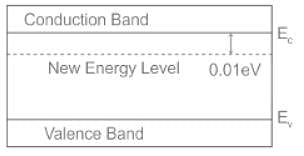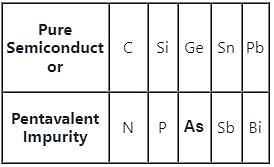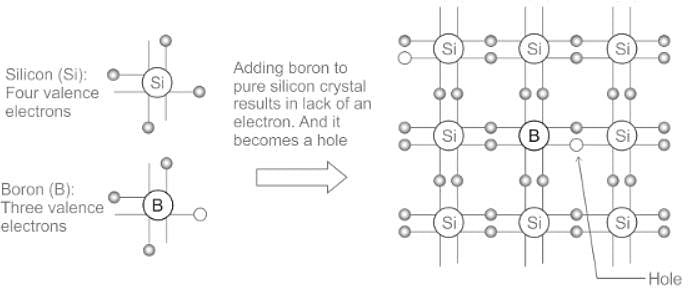Electronics and Communication Engineering (ECE) Exam > Electronics and Communication Engineering (ECE) Tests > Test: N-Type Semiconductor - Electronics and Communication Engineering (ECE) MCQ
Test: N-Type Semiconductor - Electronics and Communication Engineering (ECE) MCQ
Test Description
10 Questions MCQ Test - Test: N-Type Semiconductor
Test: N-Type Semiconductor for Electronics and Communication Engineering (ECE) 2024 is part of Electronics and Communication Engineering (ECE) preparation. The Test: N-Type Semiconductor questions and answers have been prepared
according to the Electronics and Communication Engineering (ECE) exam syllabus.The Test: N-Type Semiconductor MCQs are made for Electronics and Communication Engineering (ECE) 2024 Exam.
Find important definitions, questions, notes, meanings, examples, exercises, MCQs and online tests for Test: N-Type Semiconductor below.
Solutions of Test: N-Type Semiconductor questions in English are available as part of our course for Electronics and Communication Engineering (ECE) & Test: N-Type Semiconductor solutions in
Hindi for Electronics and Communication Engineering (ECE) course.
Download more important topics, notes, lectures and mock test series for Electronics and Communication Engineering (ECE) Exam by signing up for free. Attempt Test: N-Type Semiconductor | 10 questions in 30 minutes | Mock test for Electronics and Communication Engineering (ECE) preparation | Free important questions MCQ to study for Electronics and Communication Engineering (ECE) Exam | Download free PDF with solutions
Detailed Solution for Test: N-Type Semiconductor - Question 1
Test: N-Type Semiconductor - Question 2
In N-type semi conductor, the majority carriers are______.
Detailed Solution for Test: N-Type Semiconductor - Question 2
| 1 Crore+ students have signed up on EduRev. Have you? Download the App |
Test: N-Type Semiconductor - Question 3
N-type semiconductor is obtained by doping silicon with
Detailed Solution for Test: N-Type Semiconductor - Question 3
Test: N-Type Semiconductor - Question 4
An n-type semiconductor can be obtained by doping pure silicon with
Detailed Solution for Test: N-Type Semiconductor - Question 4
Test: N-Type Semiconductor - Question 5
What is produced by the doping of silicon with arsenic?
Detailed Solution for Test: N-Type Semiconductor - Question 5
Test: N-Type Semiconductor - Question 6
What kind of semiconductor is formed when phosphorus is added to silicon?
Detailed Solution for Test: N-Type Semiconductor - Question 6
Test: N-Type Semiconductor - Question 7
A small percentage of impurity is added to an intrinsic semiconductor at 300 K. Which one of the following statements is true for the energy band diagram shown in the following figure?

Detailed Solution for Test: N-Type Semiconductor - Question 7
Detailed Solution for Test: N-Type Semiconductor - Question 8
Test: N-Type Semiconductor - Question 9
In N-Type semiconductors, which extra energy level is added?
Detailed Solution for Test: N-Type Semiconductor - Question 9
Detailed Solution for Test: N-Type Semiconductor - Question 10
Information about Test: N-Type Semiconductor Page
In this test you can find the Exam questions for Test: N-Type Semiconductor solved & explained in the simplest way possible.
Besides giving Questions and answers for Test: N-Type Semiconductor, EduRev gives you an ample number of Online tests for practice
Download as PDF





























